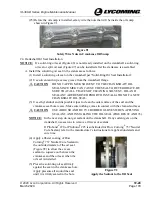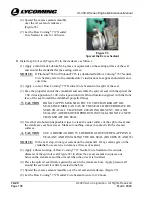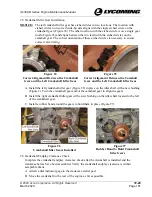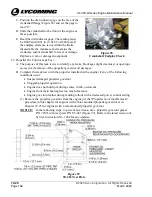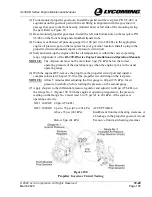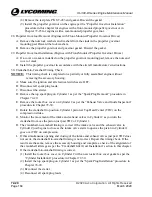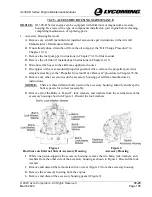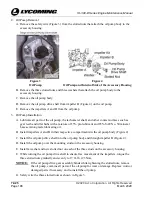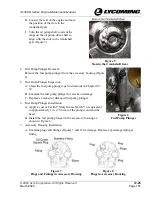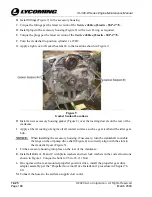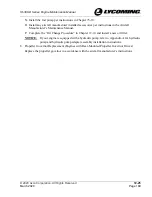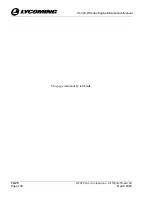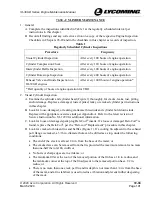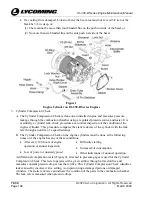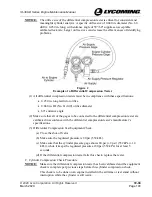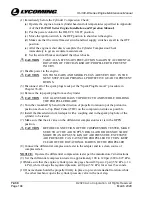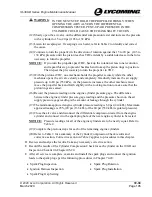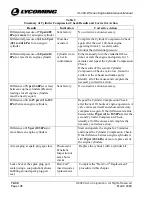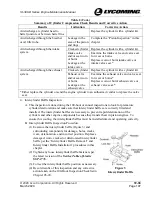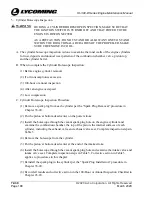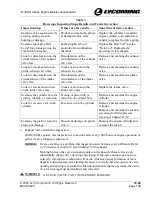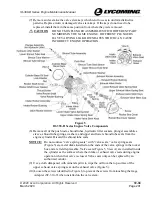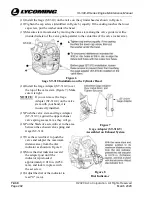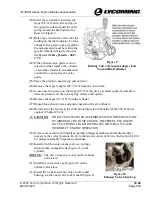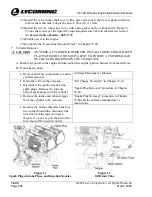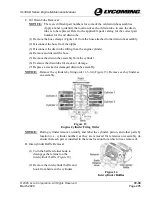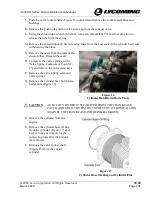
IO-390-D Series Engine Maintenance Manual
72-30
© 2020 Avco Corporation. All Rights Reserved
Page 192
March 2020
IO-390-D Series Engine Maintenance Manual
•
If a cooling fin is damaged, broken or bent, the bent area must not exceed 3/8 in. nor the
break be 3/8 in. deep, or:
(1)
There cannot be more than four blended fins on the push rod side of the head, or
(2)
No more than six blended fins on the anti-push rod side of the head.
Figure 1
Engine Cylinder on IO-390-D Series Engines
3.
Cylinder Compression Check
A.
The Cylinder Compression Check is done on an installed engine and measures pressure
leakage through the combustion chamber using a regulated pressure source and tester. It is
essentially a cylinder leak-check procedure as an initial inspection of the condition of the
engine cylinders. This procedure compares the static leak rate of the cylinder with the leak
rate through an orifice of a specified range.
B.
The Cylinder Compression Check on the engine cylinders must be done at the following
times or if the engine has any of these conditions:
•
After every 100 hours of engine
operation or annual inspection
•
Loss of power or unsteady power
•
Difficulty starting
•
Increased oil consumption
•
Other indications of unusual operation.
A differential compression tester (Figure 2), attached to pressure gages is used for the Cylinder
Compression Check. This tester operates with a given airflow through a fixed orifice and
measures constant pressure drop across that orifice. This Cylinder Compression Check identifies
leaks caused by incorrect valve setting, worn piston rings, damaged pistons or damaged
cylinders. The static leak rate can indicate the condition of the parts in the combustion chamber.
The leak rate is measured when pressure drops.


